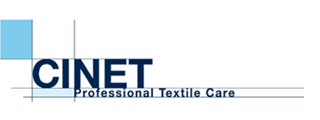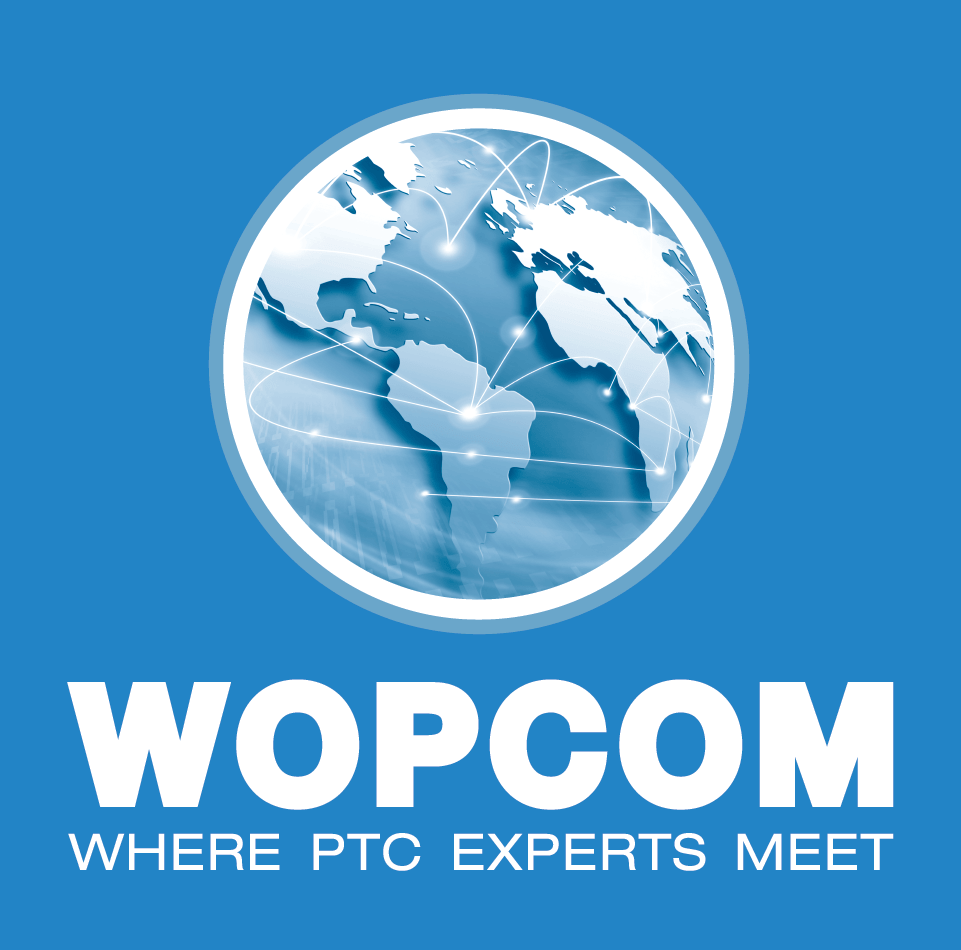(TC) Technical
Sustainability Profile Professional Textile care
Main claims: Sustainable laundry by outsourcing domestic laundry: “>17% less energy!” “>24% CO2 reduction!” “Per washing cycle; >15 L of water savings (more than 35%)!” “Potentially more than 80% water savings: 3.477 L of water per person per year!” “Plastic soup: Domestic laundry more than 33%, professional laundry: 0.1%” Subclaims Professional hygienic laundry: “>33% Energy Savings and >38% reduction of CO2 emissions compared to…
Read MoreConvenience Laundry
Table of contents The Challenge: introduction Demo-economic trends in Europe Agening Crisis and consumption Housing and debt crisis Modern home economies Qualitative trends sharing economy Price and value consciousness Digital consumers Market potential Limitation of statistics Scenario based forecast Segments Young professionals Modern families Geography Activate the consumer Place Product Price Personnel Promotion We…
Read MoreSolvetex VII – New Solvent Benchmark study
1 INTRODUCTION During the last years, many chemical and detergent suppliers have developed their own solvent. The solvents that were evaluated in this benchmark study are: HiGlo (Cole&Wilson), Intense (Seitz), K4 (Kreussler) and Sensene (SafeChem). To provide an up-to-date benchmark, these solvents were evaluated at a testing location by TKT to determine the cleaning performance…
Read MoreWorld of PTC Volume VI ‘Digitization and E-Commerce, New Businesses & Showcases ITS and RTC’
The World of PTC vol. 6 (Part 1, 2 and 3) was launched during ExpoDetergo International. At the CINET Global Info Square Meeting, the first copies were be presented to the International Jury of the Global Best Practices Awards Program 2018. All 150 official Global Best Practices Nominees, that participated in the Awards Program, are…
Read MoreA new tough protease that enables easy use of proteases in liquid laundry detergents
Abstract Traditionally enzymes were reserved for premium concentrated laundry liquid detergents, often due to lack of enzyme activity after storage in water-rich detergents. With the introduction of Novozymes Progress® Uno, the inclusion of a protease to all tiers of the liquid detergent market is now possible. Progress® Uno is significantly more stable compared to other…
Read MoreRelease of polyester and cotton fibers from textiles in machine washings
Markus Sillanpää1 & Pirjo Sainio1 1Laboratory Centre, Finnish Environment Institute, Hakuninmaantie 6, FI-00430 Helsinki, Finland Received: 13 February 2017 /Accepted: 23 June 2017 /Published online: 1 July 2017 # Springer-Verlag GmbH Germany 2017 Abstract Microplastics are widely spread in the environment, which along with still increasing production have aroused concern of their…
Read MoreA unified framework for developing effective hygiene procedures for hands, environmental surfaces and laundry in healthcare, domestic, food handling and other settings
Review Article Abstract Hygiene procedures for hands, surfaces and fabrics are central to preventing spread of infection in settings including healthcare, food production, catering, agriculture, public settings, and home and everyday life. They are used in situations including hand hygiene, clinical procedures, decontamination of environmental surfaces, respiratory hygiene, food handling, laundry hygiene, toilet hygiene…
Read MorePolyester Textiles as a Source of Microplastics from Households: A Mechanistic Study to Understand Microfiber Release During Washing
Edgar Hernandez,† Bernd Nowack,† and Denise M. Mitrano*,†,‡ †Empa, Swiss Federal Laboratories for Materials Science and Technology, Technology and Society Laboratory, Lerchenfeldstrasse 5, 9014 St. Gallen, Switzerland ‡Eawag, Swiss Federal Institute for Aquatic Science and Technology, Process Engineering, Überlandstrasse 133, 8600 Dübendorf, Switzerland ABSTRACT Microplastic fibers make up a large proportion of microplastics found…
Read MorePrimary Microplastics in the Oceans: a Global Evaluation of Sources
Authors: Julien Boucher, Damien Friot The designation of geographical entities in this book, and the presentation of the material, do not imply the expression of any opinion whatsoever on the part of IUCN concerning the legal status of any country, territory, or area, or of its authorities, or concerning the delimitation of its frontiers or…
Read More


